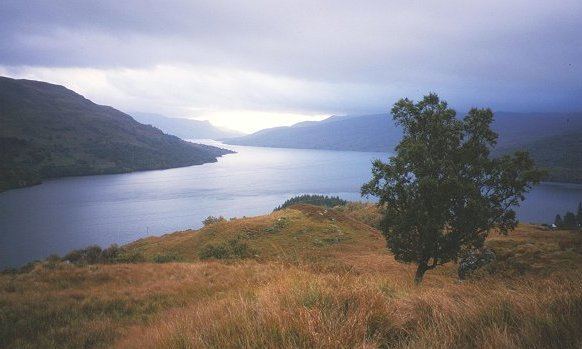 | ||
National parks of Scotland are managed areas of outstanding landscape where habitation and commercial activities are restricted. At present, Scotland has two national parks: Loch Lomond and The Trossachs National Park, created in 2002, and the Cairngorms National Park, created in 2003. These were designated as such under the National Parks (Scotland) Act 2000 which was an early piece of legislation passed by the Scottish Parliament not long after its creation in 1999. Scottish-born John Muir spearheaded the effort to create Yosemite National Park in the US, as well as the conservation movement at large.
Contents
Map of Scotland, UK
In June 2005, the Scottish Executive announced their intention to create Scotland’s first coastal and marine national park. Five possible locations for this were being considered:
In 2011 the Scottish Government rejected a proposal to create a national park on the Isle of Harris.
Private land ownership
Unlike the national parks of many other countries outside the United Kingdom, neither of the Scottish parks are wilderness areas owned by the government. The majority of the land is in private ownership and has been worked by humans for thousands of years. Like many areas of the Scottish Highlands, historical deforestation, overgrazing by sheep and deer, and extensive 20th century afforestation with introduced tree species (particularly conifers) have resulted in landscapes which are semi-natural. Like their English and Welsh counterparts, then, the parks in Scotland are effectively "managed landscapes", and are classified as IUCN Category V Protected Landscapes because of this.
Access to cultivated land is governed by the Land Reform (Scotland) Act 2003.
Aims
Each national park in Scotland is administered by a national park authority. Under the National Parks (Scotland) Act 2000, national parks in Scotland have four aims:
- To conserve and enhance the natural and cultural heritage of the area
- To promote sustainable use of the natural resources of the area
- To promote understanding and enjoyment (including enjoyment in the form of recreation) of the special qualities of the area by the public
- To promote sustainable economic and social development of the area's communities
Scottish national parks have two additional aims (3 and 4 above) which are not included in The National Parks and Access to the Countryside Act 1949 legislation for national parks in England and Wales
National Parks (Scotland) Act 2000
The general purpose of the national park authority, as defined in the National Parks (Scotland) Act 2000, is to ensure that these aims are "collectively achieved ...in a coordinated way". Although the four aims have equal status, in accordance with the Sandford Principle, the first aim (conservation and enhancement of the natural and cultural heritage) is to be given greater weight when it appears to the park authority that there is irreconcilable conflict with the other aims.
